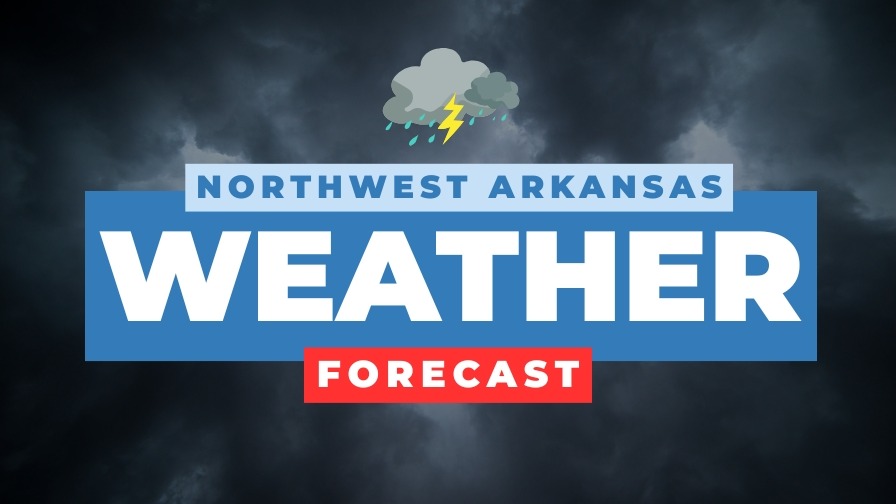
Weather Patterns: Understanding the Heat Wave
This week, residents in Northwest Arkansas are experiencing a familiar, sweltering heat wave marked by high temperatures and humidity. As the video highlights, temperatures soar into the mid-90s, with some areas, like Poto, potentially reaching the 100-degree mark. This pattern of excessive heat isn’t just uncomfortable; it raises concerns about public health and safety, especially for vulnerable communities.
In 'Latest Weather | Heat continues this week ahead of rain chances Thursday,' the discussion explores the ongoing heat wave and the potential for rain relief, prompting a deeper analysis of weather patterns in the region.
Upcoming Rain: A Welcome Relief
Fortunately, a change is on the horizon. As we look towards Thursday and Friday, a cold front is expected to move through, bringing much-needed rain and slightly cooler temperatures. While the rain chances are relatively small at around 10%, their arrival is anticipated with excitement, as it could help alleviate the relentless heat and reduce allergens lingering in the air.
Balancing Expectations: The Reality of Relief
It’s essential to temper our excitement regarding the forecast. The anticipated rainfall is not expected to result in widespread flooding, but will likely bring localized showers that contribute to a minor reduction in temperatures. This shift will provide a welcome break from the intensity of the heat, even if it doesn’t completely transition us into fall-like weather.
The Bigger Picture: Climate Trends in Arkansas
The current weather pattern reflects a broader trend as climate change increasingly affects regional weather forecasts. As seen in the video, the intensity and frequency of heat waves may become more common, making it crucial to monitor how we respond to such changes, both in daily life and public policy. Awareness of these trends can lead to more proactive measures in managing their impacts.
In summary, this week's weather forecast presents a fascinating case study of heat persistence and the potential for brief respite through upcoming rainfall. As we prepare for the anticipated changes, let's remain informed and engaged with our environment. Climate patterns are shifting, and remaining adaptive is key to our resilience in the face of these changes.



Write A Comment